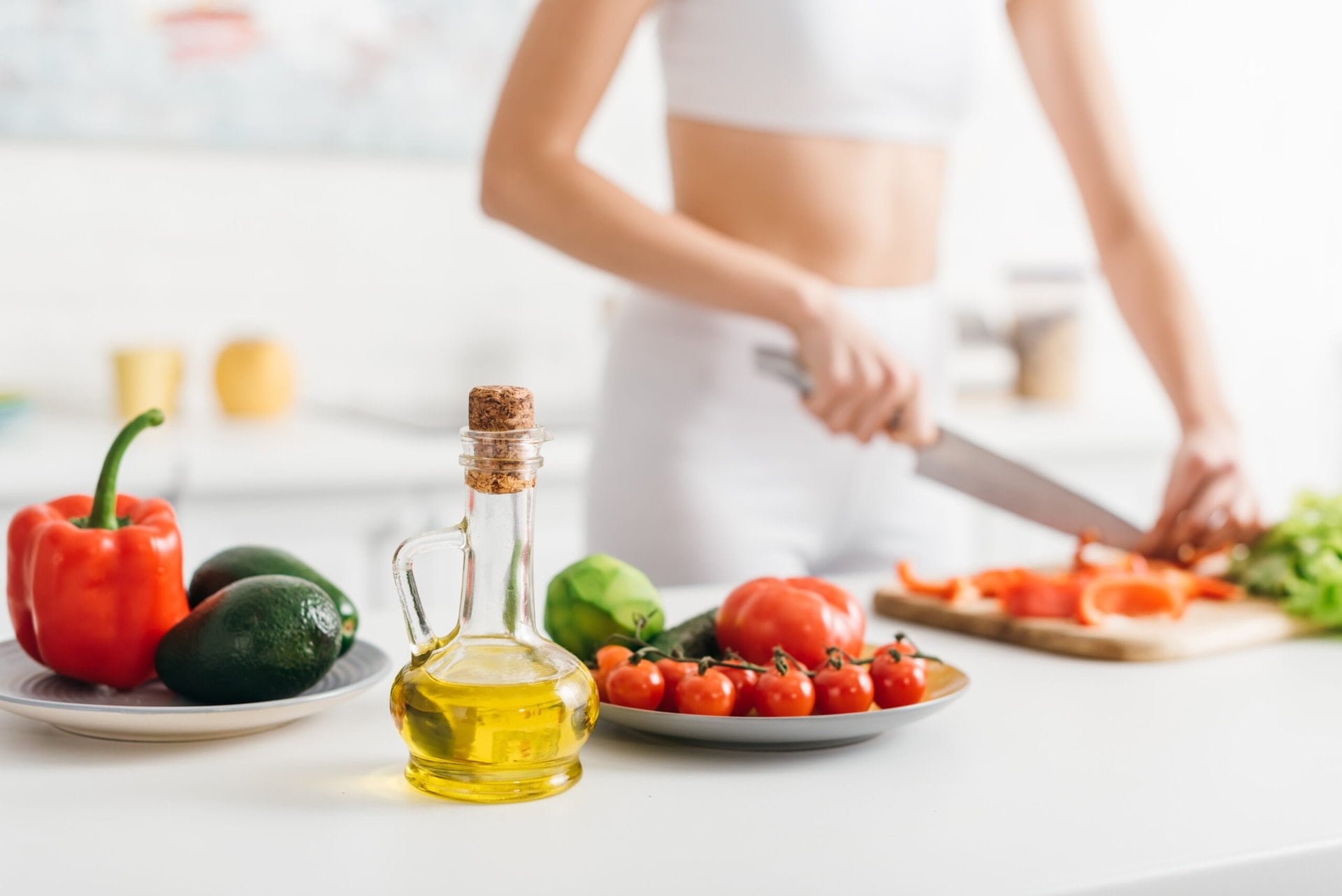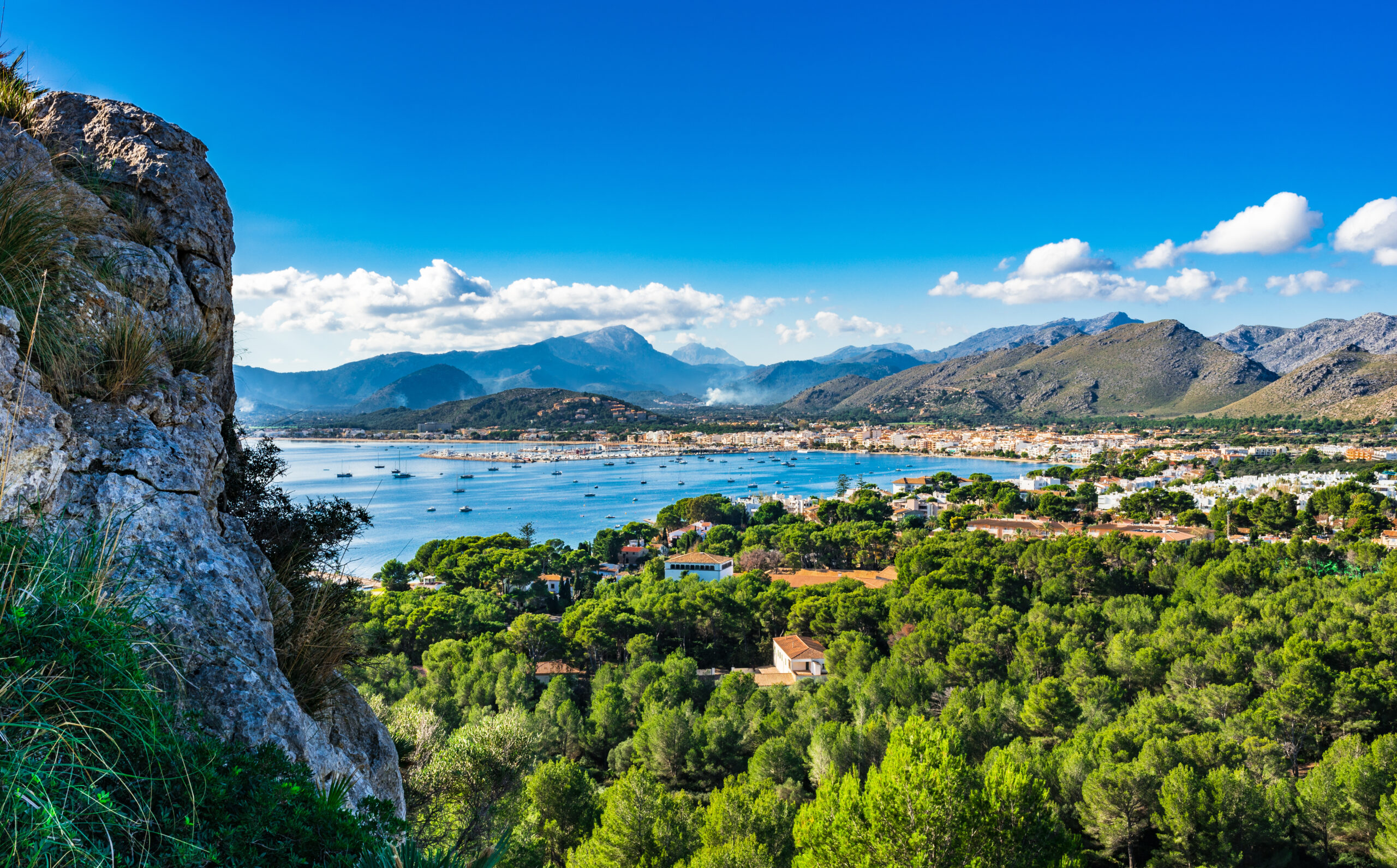As you may already know, olive is a very versatile product. In fact, there are many varieties of this food that give rise to exquisite culinary products. First of all, we can eat the fruit, carefully seasoned and prepared. In fact, a part from those many delicious flavours we see in markets, many families have traditionally prepared olives at home. In the Mediterranean, that’s always been a thing.
From the fruit we can also extract one of the most important products in the Mediterranean, extra virgin olive oil, which is not only an excellent ingredient for cooking, but is also a source of health. But, in addition, another oil can be obtain from the fruit – the olive pomace, which for many is unknown while others have been using it for long. Then if both can be oils derived from olives, how exactly are they different?
Contenidos / Contents
To know the differences between pomace and olive oil you should know:
- How these oils are made.
- Which of the two is healthier.
- How both can be used.
1. How are extra virgin olive oil and olive pomace produced?
Extra virgin olive oil production process.
On the one hand, the extra virgin olive oil comes from the olive juice cold extraction, carried out only by physical and mechanical procedures. It’s important to clarify that only between October to December the olive should be harvested – either manually or mechanically – in order to ensure that fruit preserves all its properties.
Once olives are harvested, they’re stored in oil mills to avoid the loss of their qualities and exposure to light, and then the different qualities are separated. Afterwards, olives are cleaned of dust and leaves, and then ground. And the mass obtained from this milling goes through two separation processes by centrifugation means. Finally, the result is this exquisite product which has to be tested in order to ensure its acidity is equal to 0.8º or less so it can be marketed as a high quality extra virgin olive oil.
In addition, if you ever have been looking for a quality extra virgin olive oil before, it’s likely that you have already noticed the ‘cold extraction’ indication in the bottle’s label. This is because in this whole extraction process temperature has been maintained between 17ºC and 21ºC to achieve the best quality of the product.
Olive pomace production process.
On the other hand, the remaining olive waste – olive fat, bones and skin – coming from the olive oil extraction is used to get the olive pomace. Although there are up to three ways to make this pomace, only one is suitable for consumption – the elaboration of refined olive pomace.
Unlike extra virgin olive oil, this pomace must be subjected to chemical processes, using solvents and proceeding with the substance refining in order to get an edible product, which its maximum acidity must be 1.5º. Additionally, when it comes to marketing it, olive pomace is mixed with virgin olive oil to improve its flavour, as well as its beneficial properties.
2. Which of these two olive oils is healthier?
Healthy properties of extra virgin olive oil
Extra virgin olive oil is a magnificent product for your health, hence it deserves its own page. However, we can sum up and tell you a few of its benefits. So… olive oil has a large amount of polyphenols and hydroxyterpenic acids, as well as squalene, oleocanthal and vitamins (A, E, D and K) that is why it’s an antioxidant, anti-inflammatory and antimicrobial.
Besides, its high Omega 3 content (or polyunsaturated fatty acids) makes it an excellent food to fight cholesterol. In fact, numerous studies, such as the one carried out by PREDIMED, suggest that it has potential effects against inflammation, but also cancer, cardiovascular diseases, diabetes, etc.
In short, extra virgin olive oil is a healthy product and one of the best sources of fat in our diet – if we consume between 2 to 3 tablespoons a day – which together with the fats from nuts, helps us daily in the strengthening our bones, plus activating our blood circulation.

Healthy properties of olive pomace.
So, if extra virgin olive oil and olive pomace share the same origin, that is they’re made with the same raw material, are they equally healthy? The answer is no, but with nuances, because olive pomace preserves healthy properties that make it a much better product than sunflower and high oleic sunflower oils, which are also refined consumption oils.
On a nutritional level sunflower oils only have sterols and topospherols, while olive pomace contains more bioactive compounds that are beneficial for your health. In other words, while refined oils from seeds do not provide that many nutritional benefits, olive pomace is indeed the second healthiest oil on the market that we can consume.
And although it’s true that olive pomace doesn’t have the same benefits as extra virgin olive oil, it’s an oil that also contains natural antioxidants, such as vitamin E, chlorophyll and carotenes.
In addition, according to Jesús Francisco Rodríguez Huertas, professor of Physiology and director of the Institute of Nutrition and Food Technology of the University of Granada, this oil is rich in oleic acid, which makes it, among other things, a food with antithrombotic and vasodilator properties. However, the use of extra virgin olive oil cannot be substituted for olive pomace.
3. So what are the recommended uses of both oils?
Use of olive pomace
As we have mentioned, olive pomace is a better culinary product than sunflower oils, hence it’s at least suitable for deep frying, as has been proven by the comparative study carried out by Gloria Márquez, the main researcher of the Institute of Science and Technology of Food and Nutrition (ICTAN), from the Higher Council for Scientific Research (CSIC).
Olive pomace maintains its nutritional value during a greater number of frying times thanks to elements in its composition such as squalene and beta-sitosterol; while the different sunflower oils, whose main compound is linoleic acid, have a greater tendency to be altered at high temperatures.
For this reason, if olive pomace is used, we would only recommend it for deep frying foods, since the amount of oil used is greater. On the other hand, olive oil, especially extra virgin, is a much healthier product to use when cooking:
Uses of extra virgin olive oil
Besides the advantages of deep frying with extra virgin olive oil, this culinary product can be used to prepare sautéed or grilled food, in stews, soups and creams, in baked dishes and even in pastries.
On the other hand, the consumption of cold extra virgin olive oil is even better, since this way it preserves all of its excellent healthy properties. Whether you use it within dressings or sauces for salads and cold dishes, in gazpachos, or, simply on top of a slice of bread, extra virgin olive oil is no doubt a classic.
Susbcribe to our newsletter











